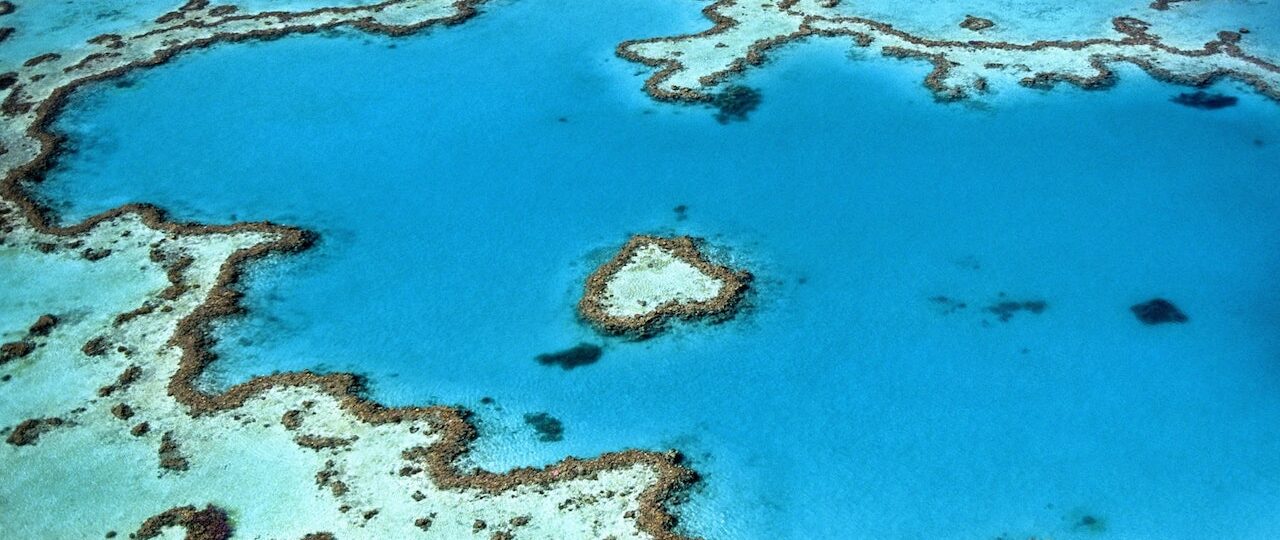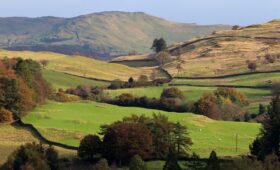Descending below the waves into the big blue on a scuba dive is a highlight for many. The sense of discovering another world and of the freedom to explore it makes for a truly memorable experience. But where are the dive sites that really take the breath away (although not literally!)
View our list of the most highly rated destinations to go diving around the world and plan your next adventure today.
1. Great Barrier Reef, Australia
Running the length of Queensland on Australia’s east coast, and visible from space, the Great Barrier reef is not only one of the wonders of the natural world, it is a scuba diver’s paradise.
The coral reefs are home to abundant fish and plant life, and because it is a protected environment, the water is always clear.
Cairns is one of the major destinations to book packages, but you can also depart from Port Douglas or Cape York.
2. Fernando de Noronha, Brazil
The relative isolation of Fernando de Noronha in Brazil is what attracts divers to these islands.The Brazilian authorities limit the number of people allowed to visit them at any one time, meaning that divers enjoy an uncrowded experience, and the large marine animals, turtles and dolphins among them, are less wary of divers, making for some memorable underwater encounters.
3. Blue Hole, Belize
Located off the coast of Belize, the Blue hole was formed when the roof of an underground cave collapsed. This created an entrance into an underwater system of limestone formations and stalactites. The water is sparklingly clear and it is famed for its hammerhead sharks. Famed oceanographer Jacques Cousteau rated this among the best places in the world to dive, and you can’t argue with him.
4. Cocos Island
Some 2000 kilometers off the west coast of Australia, Cocos Island is a true diver’s getaway. The atoll comprises 27 coral islands, around which flow warm, clear blue waters. Manta rays and dolphins visit these islands to feed, while dugongs lie there the whole year round. The drop-offs known as the Fan Wall and the Garden of Eden are the places to dive for encounters with large pelagic animals such as sharks, tuna and barracuda.
5. Bonaire
North of Venezuela, Bonaire is a small island with year-round perfect diving conditions. In tropical waters but outside the Caribbean hurricane belt, the calm clear waters have long been a protected marine park. Night diving is particularly popular when the sponges on the coral feed.
6. Red Sea, Egypt
The Egyptian resorts along the Red Sea have become popular destinations for Europeans to learn to dive, offering inexpensive accommodation, topside entertainment, and great diving. But experienced divers will also find much to interest them. Of the tip of the Sinai peninsula is the Ras Mohammed National Park which offers a range of diving experiences, from caves systems and wrecks to coral reefs.
7. Micronesia
The South Pacific is one of the world’s up-and-coming dive locations. It is relatively inexpensive to stay there and is gaining a reputation for its pristine waters and coral reef packed with marine life. The Blue Wall off Palau is particularly popular due to the marine life that congregates around this coral shelf that drops off almost vertically into the depths. Tuna, barracuda, turtles and reef sharks are common visitors.
8. Hawaii
The area of ocean to the north of the Hawaiian islands has been declared a protected marine park, meaning fishing and other deleterious activities are limited. This has resulted in a surge in marine life and means that Hawaii will be one of the best dive sites in the world for many years to come.
9. Scapa Flow, UK
This is one of the more alternative locations that you won’t find on most top dive destination lists.
Diving off Scotland’s Orkney Isles is certainly going to be colder than Hawaii, but with the right equipment (a dry suit is recommended for all but the hottest summer days), divers will be rewarded with some of the best wreck diving in the world.
The relative isolation make for great visibility and divers can explore over 100 wrecks, mostly German battleships from the Second World War, the largest of which – the Konig – is 177 metres long.
Do you love diving? Where is the best place you’ve been? Let us know.



